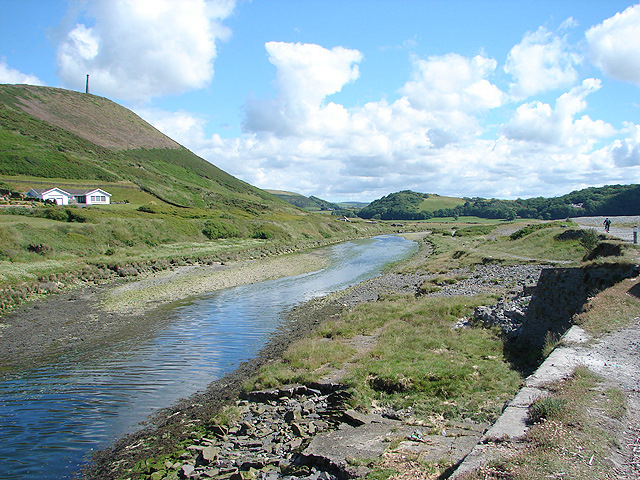Ystwyth Valley on:
[Wikipedia]
[Google]
[Amazon]

 The River Ystwyth (; cy, Afon Ystwyth "winding river") is a river in Ceredigion, Wales. The length of the main river is . Its catchment area covers . Its source is a number of streams that include the Afon Diliw, located on the west slopes of Plynlimon on the border of Ceredigion and Powys in the
The River Ystwyth (; cy, Afon Ystwyth "winding river") is a river in Ceredigion, Wales. The length of the main river is . Its catchment area covers . Its source is a number of streams that include the Afon Diliw, located on the west slopes of Plynlimon on the border of Ceredigion and Powys in the
''Afon Ystwyth: The Story of a River''
Artery Publications 2006.

 The River Ystwyth (; cy, Afon Ystwyth "winding river") is a river in Ceredigion, Wales. The length of the main river is . Its catchment area covers . Its source is a number of streams that include the Afon Diliw, located on the west slopes of Plynlimon on the border of Ceredigion and Powys in the
The River Ystwyth (; cy, Afon Ystwyth "winding river") is a river in Ceredigion, Wales. The length of the main river is . Its catchment area covers . Its source is a number of streams that include the Afon Diliw, located on the west slopes of Plynlimon on the border of Ceredigion and Powys in the Cambrian Mountains
The Cambrian Mountains ( cy, Mynyddoedd Cambria, in a narrower sense: ''Elenydd'') are a series of mountain ranges in Wales.
The term ''Cambrian Mountains'' used to apply to most of the upland of Wales. Since the 1950s, its application has becom ...
. The Ystwyth flows westwards before its confluence
In geography, a confluence (also: ''conflux'') occurs where two or more flowing bodies of water join to form a single channel. A confluence can occur in several configurations: at the point where a tributary joins a larger river (main stem); o ...
with the Afon Rheidol and the estuary at Aberystwyth
Aberystwyth () is a university and seaside town as well as a community in Ceredigion, Wales. Located in the historic county of Cardiganshire, means "the mouth of the Ystwyth". Aberystwyth University has been a major educational location in ...
to drain into Cardigan Bay.
The Ystwyth valley is sparsely populated with villages, namely Ysbyty Ystwyth
Ysbyty Ystwyth () is a small village and community in Ceredigion, Wales, southeast of Aberystwyth. Its church and the parish of the same name were the property of the Order of the Knights of the Hospital of St John of Jerusalem, hence the 'Ysby ...
, Cwm Ystwyth, Pont-rhyd-y-groes
Pont-rhyd-y-groes (also known as Pontrhydygroes, en, the bridge of the ford of the cross) is a village near Cwm Ystwyth and Pont ar Fynach (Devil's Bridge), in Ceredigion, Wales. The village takes its name from the bridge ( cy, pont) and (earl ...
, Llanilar and Llanfarian. In previous centuries, the valley was relatively densely populated due to its mineral wealth. Silver, lead and zinc have been mined in the valley since Roman times, an activity that reached its peak in the 18th century. The largest of the very many mines was Cwm Ystwyth Mine. It is reputed that the average age at death of the miners in Cwm Ystwyth was 32, largely because of acute lead poisoning
Lead poisoning, also known as plumbism and saturnism, is a type of metal poisoning caused by lead in the body. The brain is the most sensitive. Symptoms may include abdominal pain, constipation, headaches, irritability, memory problems, inferti ...
. There is no active metal mining in the Ystwyth valley today.
Hafod Uchtryd was a mansion built by Thomas Johnes from 1783, part of it being designed by John Nash. The landscaped gardens were formed by blasting away parts of hills to create vistas. Roadways and bridges were built and hundreds of thousands of trees were planted. The result was a landscape that became famous and attracted many visitors including Samuel Taylor Coleridge, and it is believed to have inspired a passage in his poem '' Kubla Khan''. The house was demolished in 1955, but the landscape remains today.
The River still carries elevated levels of lead, zinc and silver in its water, mostly due to seepage from abandoned mine tailings and discharges from mine adits. At the Frongoch mine near Pont-rhyd-y-groes, Natural Resources Wales has introduced a new technique for reducing the pollution. Water is drawn away from the mine in a leat to a wetland area, where biological processes involving the vegetation immobilise much of the pollutants. A similar approach is being used at Cwm Rheidol mine, near Aberystwyth. These remedies are considered important because the area supports a rich variety of wildlife, as well as bringing anglers and tourists to the area.
References
* Green, John (2006)''Afon Ystwyth: The Story of a River''
Artery Publications 2006.
External links
{{authority control Aberystwyth Ystwyth Ystwyth